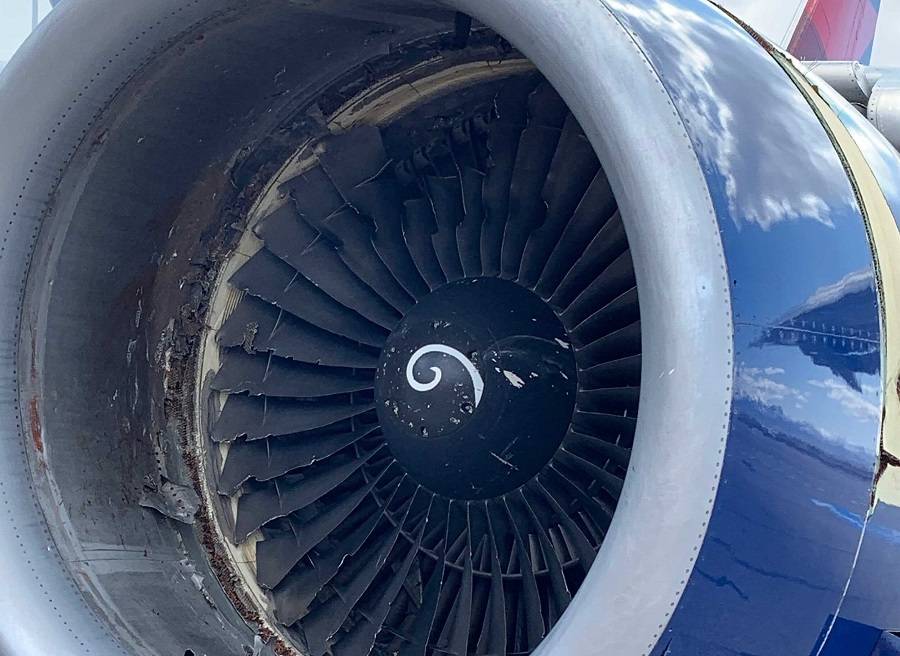One of LASAW’s key features is keeping airport managers in the loop when one of the aircraft in their airspace is in trouble. A 31 March 2021 incident in the US is an interesting use case for how LASAW’s emergency squawk capabilities could have alerted the ground support team faster than is usual.
Around 1pm, Delta Airlines Flight 8944, a charter service, was transporting the Utah Jazz, a professional basketball team, when it struck a flock of birds on take-off from Salt Lake City.
The plane’s left engine soon failed and caught fire. The pilot immediately undertook a (successful) emergency landing back at the airport. All this, however, this begs the question: at what point did the airport know that a 757 full of millionaire basketball players was in trouble and turning back?

Under present procedures, keeping the airport operator abreast of developments is well down the list of priorities when emergencies develop in the airspace they serve.
The first priority of pilots, of course, is to keep the aircraft flying and heading in the right direction. After that, they need to communicate their emergency. ATC, naturally, are the first people they advise.
How the information then filters out to other stakeholders, such as airport managers, is more ad hoc. However, because LASAW can pick up emergency squawk codes passively, it brings airport operators into the loop as soon as the incident is flagged. It does this without the other parties having to intentionally take the time to notify them.
If Salt Lake City Airport had a LASAW system, it would have had all the more additional time to prepare for the emergency landing of Flight 8944 while waiting for ATC instruction.
Find out more about how LASAW delivers this capability at https://skynetaero.com/get-to-know-lasaw/.

